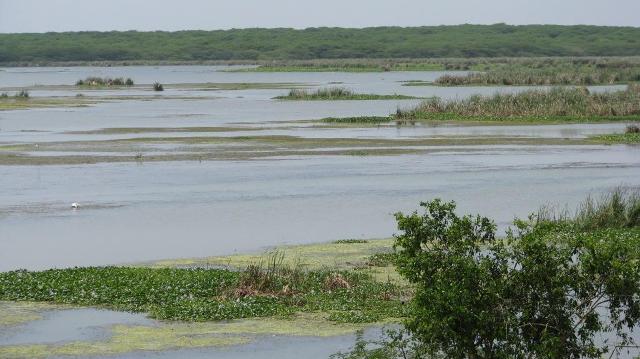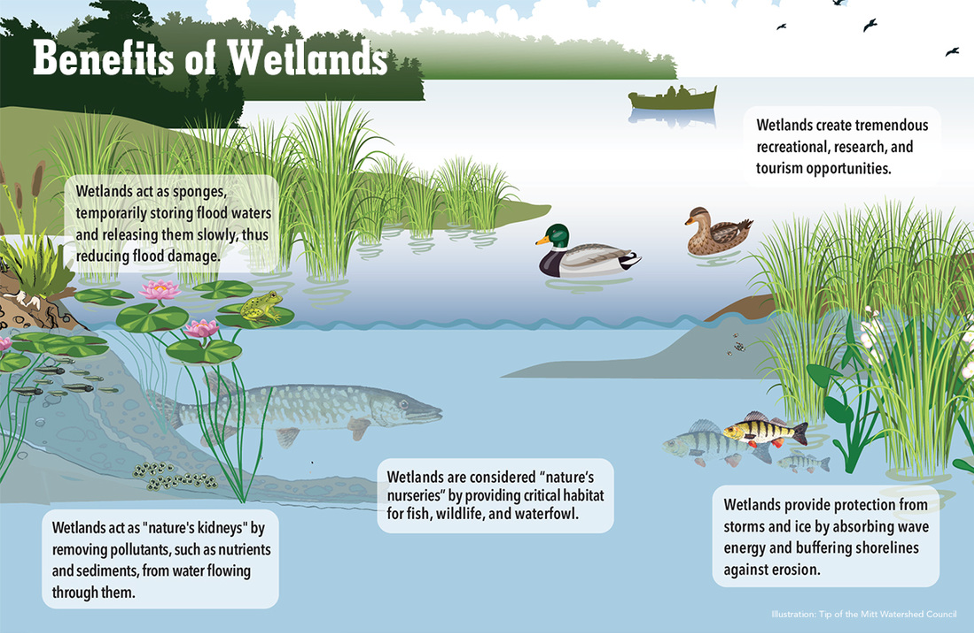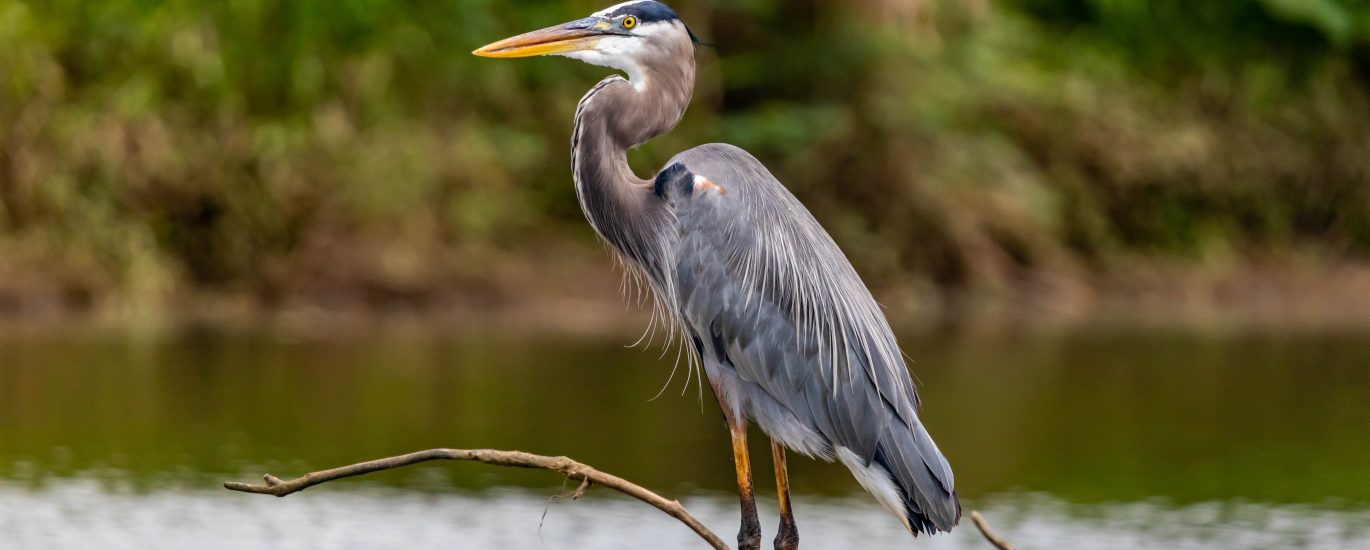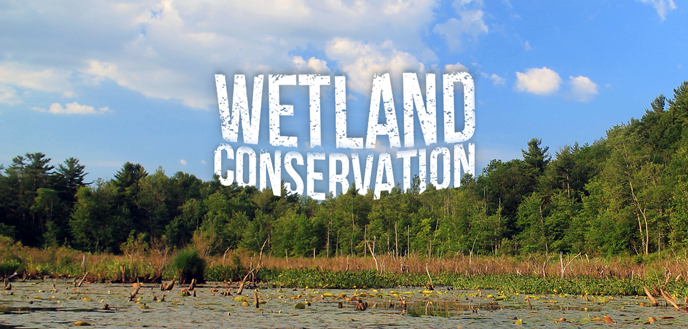What are Wetlands?
The Ramsar Convention on Wetlands defines wetlands as “areas of marsh, fen, peatland or water, whether natural or artificial, permanent or temporary, with water that is static or flowing, fresh, brackish or salt, including areas of marine water the depth of which at low tide does not exceed six meters.”
This definition encompasses a wide range of ecosystems, including marshes, swamps, bogs, fens, mangroves, and lagoons, as well as certain shallow marine areas. The Ramsar Convention was established in 1971 with the goal of conserving and wisely using wetlands, recognizing their ecological, cultural, economic, and scientific value.

Wetlands play a critical role in the Earth’s ecosystems, providing habitat for a variety of plant and animal species, helping to regulate the water cycle, and supporting many important ecosystem services, such as water filtration, flood control, and carbon sequestration. As a result, wetlands are considered one of the most valuable and threatened ecosystems on the planet, and the Ramsar Convention is working to conserve and protect these important ecosystems through international cooperation and collaboration.
Sri Lankan aspect on Wetlands?
In Sri Lanka, wetlands play a particularly important role in sustaining biodiversity, water management, and coastal protection. Despite their importance, many wetlands in Sri Lanka are facing serious threats, including habitat destruction, pollution, and over-exploitation. To conserve and protect these vital ecosystems, it is essential that we take action to better understand the ecology of Sri Lanka’s wetlands and to develop effective strategies for wetland conservation.
Sri Lanka is home to a diverse range of wetlands, including:
- Muthurajawela Marsh – A large freshwater marsh near Colombo which is one of the most important wetlands in Sri Lanka and home to a rich diversity of plant and animal species.
- Bundala National Park – A coastal wetland located in the south of the country that is home to a large population of migratory waterbirds, including several species of flamingos.
- Negombo Lagoon – A large lagoon located near Colombo that is important for fishing, tourism, and as a stopover site for migratory birds.
- Madu Ganga – A mangrove-lined estuary in the south of the country that is important for fishing and as a habitat for a variety of plant and animal species.
- Kumana National Park – A coastal wetland located in the southeast of the country that is known for its large flocks of migratory birds and rich biodiversity.

Sri Lanka’s wetlands also provide important ecosystem services to the local population, including water filtration, flood control, and erosion control. They are also an important source of livelihood for many communities, who rely on these ecosystems for fishing, agriculture, and tourism.
What is “Conservation of Wetlands”?
Wetland conservation, at the most basic level, is the practice of preserving wetland habitats for indigenous wildlife and vegetation. It encompasses numerous environmental and wildlife protection efforts designed to preserve the delicate ecosystems of various wetland areas. Such areas are typically understood to mean bogs, marshes, swamps, and other areas with soil sufficiently saturated by water to support plant and animal life accustomed to such environments.(What Is Wetland Conservation?, 2023)
Why do we need Wetland Conservation?
Wetland conservation is important for a number of reasons, including:
- Biodiversity: Wetlands provide habitat for a wide variety of plant and animal species, many of which are unique to these ecosystems. Wetland conservation helps to ensure the survival of these species and maintain the diversity of life on our planet.
- Ecosystem Services: Wetlands provide a number of important ecosystem services, including water filtration, flood control, erosion control, and carbon sequestration. Wetland conservation helps to ensure that these important services are maintained for future generations.
- Livelihoods: Wetlands are often an important source of livelihood for local communities, including fishing, agriculture, and tourism. Wetland conservation helps to ensure that these communities can continue to benefit from these ecosystems.
- Climate Regulation: Wetlands play a critical role in the Earth’s climate system, helping to regulate the water cycle and store carbon. Wetland conservation helps to ensure that these important functions are maintained.

How we can approach wetland conservation?
Conserving wetlands requires a multi-faceted approach, including:
- Protected Areas: Designating wetlands as protected areas is an important step in conserving these ecosystems. Protected areas provide a framework for managing and conserving wetlands, and ensure that these ecosystems are protected from destructive activities.
- Monitoring and Research: Monitoring and research are essential for understanding the dynamics of wetlands and the threats they face. This information is used to inform conservation and management decisions.
- Community Involvement: Wetland conservation is most effective when it involves local communities. Community involvement can help to ensure that wetlands are used in a sustainable manner, and that conservation efforts are supported by the people who depend on these ecosystems.
- Management Planning: Developing effective management plans that take into account the unique ecological, cultural, and economic characteristics of each wetland is an important part of wetland conservation. Management plans help to ensure that wetlands are conserved in a way that meets the needs of both the ecosystem and local communities.
How we can do it in Sri Lanka?
To effectively conserve and protect Sri Lanka’s wetlands, it is essential that we better understand the ecology of these ecosystems. This requires monitoring the health of wetlands and their biotic and abiotic components, as well as conducting research to better understand the complex relationships between wetlands and other ecosystem components, such as rivers and estuaries. Additionally, it is important to develop effective management strategies that take into account the unique ecological and cultural characteristics of each wetland.
One promising approach to wetland conservation in Sri Lanka is the establishment of protected areas. Designated as Ramsar sites, these protected areas provide critical habitat for threatened and endangered species, as well as important ecosystem services to local communities. In order to effectively manage these protected areas, it is necessary to involve local communities in decision-making, to ensure that their livelihoods are not impacted negatively by conservation efforts.
Wetland conservation in Sri Lanka is essential to sustain the rich diversity of life that these ecosystems support, and to secure the critical ecosystem services they provide to humans. To achieve this, it is necessary to undertake comprehensive monitoring and research and to develop effective management strategies that take into account the unique ecological and cultural characteristics of each wetland. By working together, we can ensure that Sri Lanka’s wetlands will continue to thrive for generations to come.
References :
- Inland Wetlands – Clearing House Mechanism – Sri Lanka. (n.d.). http://lk.chm-cbd.net/?page_id=184
- Wetland conservation in Sri Lanka | Convention on Wetlands. (n.d.). https://www.ramsar.org/es/node/17254
- What Is Wetland Conservation? (2023, January 1). All Things Nature. https://www.allthingsnature.org/what-is-wetland-conservation.htm
- Sri Lanka | Convention on Wetlands. (n.d.). https://www.ramsar.org/wetland/sri-lanka
- Gunasiri, C. (2021, November 15). Wetlands of Sri Lanka, get to know them better. Love a Tree Foundation. https://loveatreefoundation.org/2021/11/03/what-are-wetlands/
Image Courtesy :
Featured Image :https://bit.ly/3JtzFYD
Image 1:https://bit.ly/3Jwrf2w
Image 2: https://bit.ly/3Rq3CdO
Image 3: https://bit.ly/3JxuXt0
Image 4: https://bit.ly/3kPu9Fi


